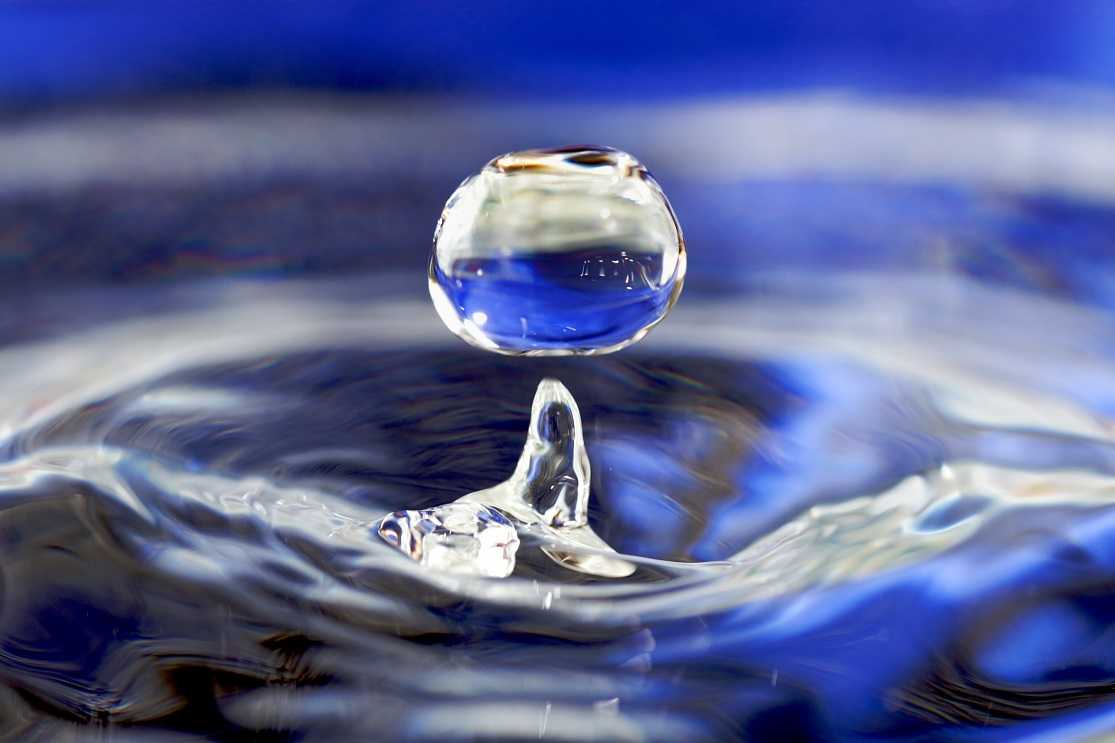MILAN – Filtered coffee is over 98% water and a little over 1% soluble plant matter. That’s a healthy helping of H2O! Water is both the main ingredient in your coffee and the solvent that extracts the oils from your coffee beans or grounds, so it’s pulling double duty. As you make your coffee, your tap water extracts different substances, and each unique water profile can elicit a different taste.
So, how do you keep factors like the mineral and chemical makeup of your water in check? Here are a few tips from water treatment company Pentair.
The Ideal Water for Coffee
Terrific coffee starts with great-tasting filtered water. While there are numerous water filtration systems, we can recommend two targeted solutions for making the most of your daily espresso or drip coffee fix.
- Mineral Content – Minerals like calcium and magnesium determine the carbonate hardness of your drinking water, affecting how your coffee tastes. Dr. Christopher Hendon, who has given talks at the World Barista Championship on how water chemistry affects coffee flavor, co-authored a study in 2014 that compares how common water hardness minerals like magnesium, calcium, and sodium impact the final taste of a cup of coffee.
Minerals like these and hydrogen carbonate neutralize acids as the coffee extracts and brews. To maximize the impact of the acids and oils in your coffee, treat your water with a Water Softener designed to reduce hardness minerals. - Chemical Composition – The common culprit for chemical-y coffee? Chlorine is a chemical disinfectant many municipalities add to public drinking water systems to kill parasites, bacteria, and viruses. However, chlorine-tinged drinking water in your home can impart an unpleasant odor and unpalatable taste in your morning latte.
In fact, the Specialty Coffee Association advises professional baristas to invest in a carbon filter to treat chlorine and couple it with a reverse osmosis filter to reduce chlorides. This combination effectively deals with these two common chemicals.
Address both mineral content and chemical composition for every tap in your home when choosing a Whole House PAC Series filter. This dual filtration system reduces sand, silt, minerals, debris, and treatment chemicals like chlorine for a more flavorful, invigorating cup of coffee. If you want premium coffee, consider installing a reverse osmosis system like the FreshPoint 3-Stage Under Counter Filtration System.
Other Tips for Making Your Coffee Taste Better
Once you have filtered water flowing from your tap, consult this cheat sheet to transform yourself into a confident home barista.
- Switch to Whole Beans
Take the plunge and start ordering whole beans instead of ground coffee. The essential oils released while grinding whole beans lend nuance and complexity to the final cup of joe. Even high-end coffee grinds will be lacking those essential oils, as they evaporate quickly after grinding. As coffee quality control expert Summer Zhang explained to HuffPost, “Freshly grinding whole bean coffee is better than drinking ground because the aromatic molecules will volatilize after grinding, and the exposed surface area of coffee increases significantly, resulting in faster oxidation. When it begins to oxidize, it starts to lose flavors.” - Buy a Scale
Brewing coffee is both art and science. Perfect your coffee-to-water ratio with a simple kitchen scale to yield the most accurate measurement. As Selina Ullrich, director of coffee at East One Coffee Roasters, said in Martha Stewart, “The biggest reason for [measuring coffee] is that having knowledge of what recipe (or ratio) it is you are following will allow you to adjust this recipe/ratio to your individual preferences and also gives you the capacity to consistently recreate the coffee you find most enjoyable.” - Clean Your Brewing Equipment
If your coffee consistently tastes “off,” the issue may be your coffee maker! The National Science Foundation recommends cleaning your coffee maker with hot water and soap after each use. Once a week, take a few minutes to run your machine with equal parts white vinegar and water for thorough cleaning. - Preserve the Flavor
Safeguard those beans! Store your coffee beans in a cool, dark place away from heat, moisture, light, and fresh air. For best results, the National Coffee Association recommends you store your coffee “in an opaque, air-tight container at room temperature.” As Café Direct points out, airtight containers reduce exposure to oxygen and slow the oxidation process that changes the aroma and flavor of stored coffee. - Monitor Water Temperature
For optimal coffee, the brewing temperature should always be between 194 and 206 degrees Fahrenheit. Use a durable thermometer to check the water temperature in your coffee maker. If adjusting the settings can’t get you in the ideal range, it may be time to invest in a more dependable model.















